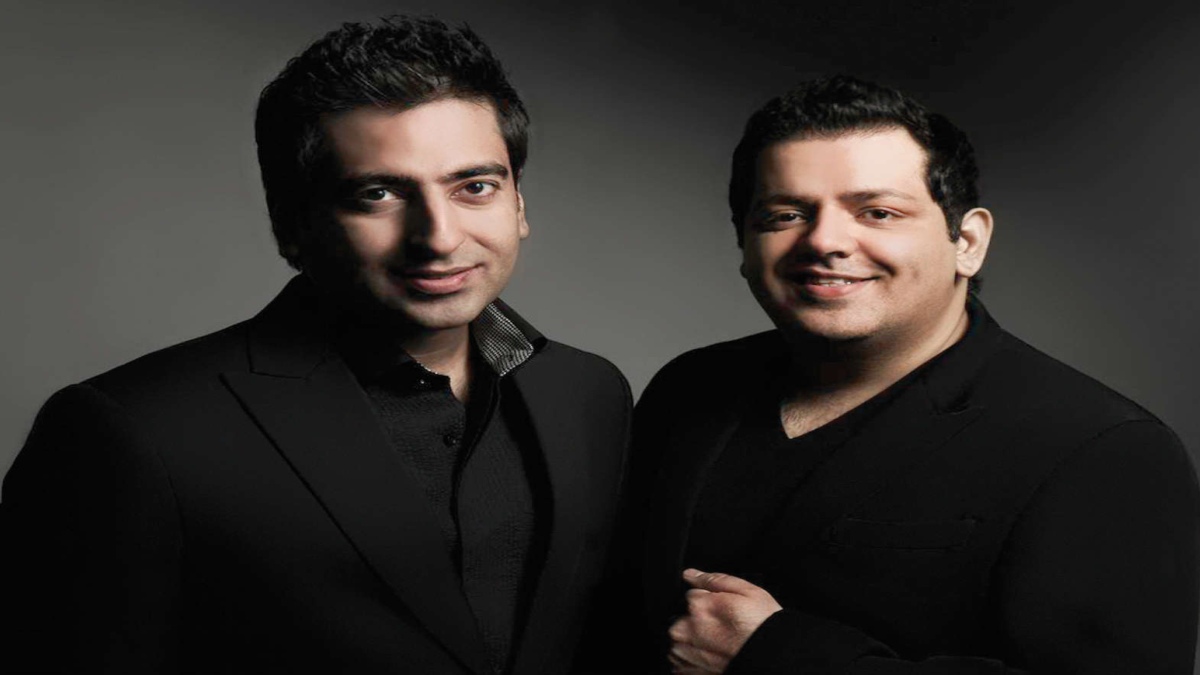


The onset of Delhi winters signals the beginning of the art season, which is finally back to its physical setting. Palette Art Gallery, founded by Designers Rohit Gandhi and Rahul Khanna in 2001, opened the season with their exhibition titled ‘18 Dimensions’. On display from 28 November to 6 December at Bikaner House in New Delhi, the show presents the sculptural works of 18 contemporary artists, who have made a significant impact on the Indian and global art landscape.




“The intention behind ‘18 Dimensions’ was to offer a range and variety of sculptural expressions and encourage viewer participation and physical engagement with artworks once again, as the city opens up. For us, this is an exciting medium of expression as sculptural art requires a certain amount of physical presence to be appreciated and this form of interaction can be a motivating factor for people to visit,” explain the gallery owners in a chat with The Daily Guardian.
Palette Art Gallery was conceptualised to give voice to the emerging talent of the day, while also presenting the works of the Masters of Indian Art through the pre- and post-independence period. In the 20 years since its inception, the gallery has covered many milestones. “We pride ourselves on presenting different mediums of artistic expression ranging from the traditional to the experimental. Oils, watercolours, video, photography and performance art have all found a home at our gallery,” explains Gandhi.
With the worst of the pandemic over, Palette was quick to open its doors. They recently did a show at the gallery called ‘Fragments of Imagination’ with multiple artists. Their current exhibit, ‘18 Dimensions’ focuses exclusively on sculptures because they believe this medium reflects its place, its society and its time, and is a key indicator of contemporary cultural achievements.
“Our show has been received very well so far. It covers large territory in terms of materials and methods used—from casting to assemblage. The exhibit studies the involvement of these 18 artists with the influences that probe the limits and possibilities inherent to a sculpture’s three-dimensional physicality,” explains Khanna.
The 18 exemplary artists that are part of this exhibit are Arunkumar HG, Ashiesh Shah, Gigi Scaria, G. R. Iranna, L. N. Tallur, Narayan Biswas, Mrinalini Mukherjee, Manjunath Kamath, Pooja Iranna, Himmat Shah, Jagannath Panda (TCB), Rajesh Ram, Riyas Komu, Sangam Vankhade, Sumedh R, Subodh Gupta, Sudarshan Shetty (TCB), Valay Shende, Vibha Galhotra, and Vipul Kumar.
The most distinctive feature of this exhibition, according to the team, is the display of Late Mrinalini Mukherjee’s works. Her sculptures demonstrate the real and fantastical elements from human anatomy and imaginary biota to look for relationships between man and nature. The work titled Vriksh Nata (Arboreal Enactment) has been displayed in various important exhibitions previously.
Apart from Mukherjee’s work, a number of prominent artists are part of this collection. A few that stand out include artist Subodh Gupta, who is best known for incorporating everyday objects that are ubiquitous across India such as steel tiffin boxes, bicycles, thali pans, milk pails, etc. With the help of these ordinary items, Subodh produces sculptures that reflect on the economic transformation of his homeland, Bihar. These sculptures relate to Subodh’s own life, times, and memories. He says, “For me, the motivation for the small utensil sculpture on display at this exhibition, came largely from the ritual everyday-ness that one experiences in India, a country of many minute cyclic returns that people make every day for reasons often greater than us. This idea of rituality is what I grew up looking at, so my imagery naturally borrows from there.”
Artist Rajesh Ram worked with clay for this exhibit. During the lockdowns, he was unable to visit his studio, and the easiest material available was ceramic clay. He shares, “I find this material interesting and enjoyable. During the lockdown, many things came to my mind, like people’s survival, the development of civilisation, technology, political and historical studies. These are all subjects that reflect through my recent sculptures. I have used glazed ceramic which was planned according to the concept of particular sculptures.”
Both Gandhi and Khanna assert that the pandemic provided a fertile subject for the composition of great art. For the curation of this particular exhibition, their criterion was to amalgamate artistic excellence with a diversity of viewpoints. The seniority of the artists and the capacity and compatibility of the venue space also played a role, as did the need to prioritise artworks addressing social issues. Next, they are gearing up for participation in the India Art Fair.
The co-founders sign off with, “We just want to emphasise that sculpture is an art that is concerned with how people think and feel. So we hope to see everyone reading this article, at the show!”
The writer pens lifestyle articles for various publications and her blog www.nooranandchawla.com. She can be reached on nooranand@gmail.com